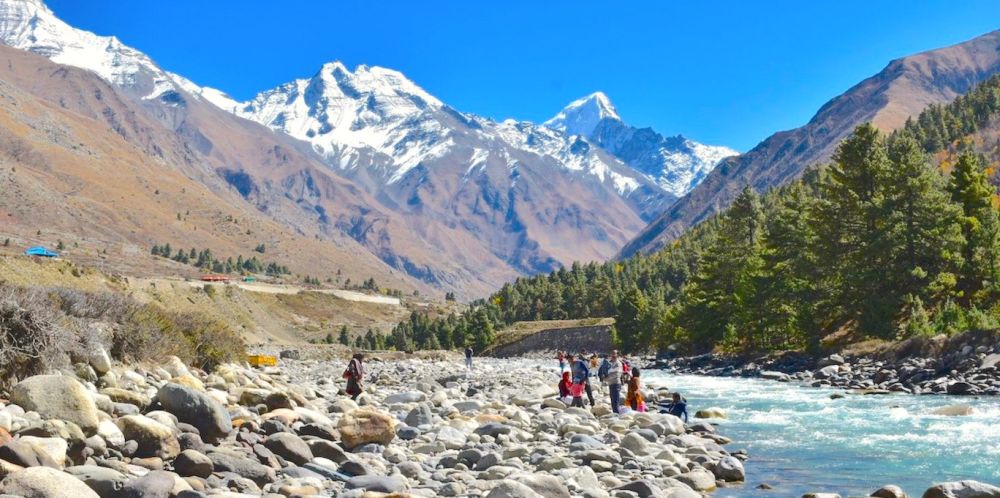

Sangla Valley, nestled in the Kinnaur district of Himachal Pradesh, has a rich history intertwined with the evolution of tourism in this serene Northern Indian region. Known for its picturesque landscapes, apple orchards, and cultural richness, Sangla has captivated travelers for decades.
Historically, the Kinnaur region was a secluded area, with little interaction with the outside world. The indigenous Kinnauri people have lived in this valley for centuries, developing a unique culture that is a melange of Hinduism and Buddhism. The rough terrains and the lack of infrastructure kept Sangla off the tourist radar until the latter half of the 20th century.
The turning point for Sangla Valley's tourism came with the gradual development of roads and better connectivity. In the 1990s, efforts to promote tourism by the Himachal Pradesh government began to bear fruit. The construction of the Hindustan-Tibet Road improved access to this remote valley, allowing the outside world to witness its unspoiled beauty and cultural splendor.
Travelers and adventurers began to explore the valley, drawn by its pristine environment, the mighty Baspa River, and activities like trekking, camping, and fishing. Homestays and guest houses started popping up, providing a livelihood for the local community and a more immersive experience for visitors.
Chitkul, the last inhabited village near the Indo-China border, and Rakcham, are prominent highlights that cast a magical spell on visitors with their raw beauty and cultural heritage. Temples such as the Bering Nag and Buddhist monasteries like Brelengi Gompa showcase the religious diversity and spiritual significance of the valley.
Currently, Sangla Valley is witnessing a sustainable tourism trend, catering to eco-conscious travelers. There has been a shift towards ecotourism and responsible travel, with several initiatives to preserve the environment and local culture. Solar energy, waste management, and organic farming practices are gradually being adopted by the tourism industry.
The concept of agro-tourism is gaining traction, with visitors keen on experiencing the local way of life, participating in apple picking, and understanding the agricultural practices of the Kinnauri people. Wellness tourism is also on the rise, with an emphasis on yoga, meditation, and reconnecting with nature.
As Sangla Valley moves forward into the future of tourism, the focus remains on developing infrastructure and services that cater to a growing audience while preserving the delicate ecological balance and cultural integrity of the region. The government and local communities are actively working to find that perfect harmony between welcoming the world and protecting their cherished homeland.
Sangla is well connected by road and the best time to visit is from March to November, when the weather is pleasant, and the valley is accessible. Winter months offer a different spectacle but come with challenges due to heavy snowfall leading to road blockages.
Tourism in Sangla Valley has come a long way from its humble beginnings, transforming into a sought-after destination for those in search of tranquility, adventure, and a touch of unspoiled heritage, all nestled within the majestic Himalayan ranges.